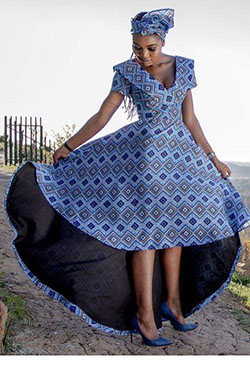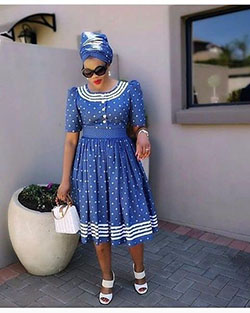
Fashion ecommerce thrives on understanding customer behavior, predicting trends, and delivering personalized experiences. With data analytics, brands gain deeper insight into their audience, allowing them to tailor marketing campaigns, increase engagement, and boost conversions. Analyzing data at every stage of the customer experience helps businesses make informed decisions that drive results.
Data-Driven Strategies to Shape Fashion Ecommerce Marketing
Fashion is dynamic, with trends shifting rapidly. Traditional marketing strategies based on intuition or past success no longer guarantee results. Instead, data provides a clear picture of what customers want, how they shop, and what influences their buying decisions.
By tracking customer preferences, browsing habits, and purchase patterns, brands can refine their marketing strategies to attract the right audience and build stronger relationships.
Personalization Through Customer Data

Customers expect shopping experiences tailored to their style, budget, and shopping history. Data analytics allows fashion brands to create marketing efforts that feel relevant rather than generic.
- Product Recommendations – AI-driven recommendations based on browsing history, past purchases, and frequently viewed items encourage higher conversion rates.
- Targeted Email Campaigns – Segmentation allows brands to send tailored offers, promotions, and product suggestions that align with a shopper’s interests.
- Retargeting Ads – Displaying personalized ads to customers who browsed but didn’t purchase keeps products top-of-mind and increases the likelihood of a sale.
The more accurately a brand can predict what customers want, the stronger the connection and likelihood of repeat purchases.
Understanding Customer Behavior with Analytics
Tracking how customers interact with an ecommerce site provides insight into what works and what needs improvement. Key analytics tools help fashion brands refine their strategies.
- Google Analytics – Provides traffic sources, user behavior, and conversion tracking to identify trends in shopping habits.
- Heatmaps and Session Recording – Show where users click, scroll, and drop off, helping brands optimize website layout and user experience.
- Social Media Insights – Engagement metrics from platforms like Instagram and TikTok reveal which content resonates with followers and drives traffic.
By continuously analyzing customer behavior, brands can fine-tune their marketing efforts to meet demand effectively.
Optimizing Pricing Strategies with Data
Pricing plays a crucial role in fashion ecommerce, and data-driven strategies help brands find the right balance between competitiveness and profitability.
- Dynamic Pricing – Adjusting prices based on demand, competitor pricing, and inventory levels ensures that products remain attractive to shoppers.
- A/B Testing Discounts and Promotions – Analyzing which discounts drive more conversions helps brands refine their promotional strategies.
- Customer Lifetime Value Analysis – Understanding long-term shopping habits allows brands to create pricing strategies that encourage repeat business.
Rather than guessing what price points will attract customers, brands use data to ensure pricing strategies align with consumer expectations.
Using Data to Improve Customer Retention
Acquiring new customers is important, but retaining existing ones is more cost-effective. Analytics helps fashion brands keep customers engaged through tailored retention strategies.
- Loyalty Program Insights – Tracking which rewards and incentives encourage repeat purchases allows brands to adjust their loyalty programs accordingly.
- Customer Satisfaction Metrics – Reviews, ratings, and feedback provide valuable data on what customers appreciate and what areas need improvement.
- Predictive Analysis – Identifying trends in customer behavior allows brands to anticipate future shopping patterns and adjust strategies accordingly.
Retention-focused strategies backed by data help brands build long-term relationships with their audience.
The Role of Data in Influencer and Social Media Marketing
Fashion marketing heavily relies on social media and influencer collaborations. Data analytics ensures that campaigns reach the right audience and generate meaningful engagement.
- Identifying the Right Influencers – Engagement metrics, audience demographics, and past performance help brands select influencers who align with their target market.
- Tracking Campaign Performance – Measuring impressions, clicks, and conversions from influencer content provides insight into return on investment.
- Social Listening – Monitoring brand mentions, hashtags, and customer sentiment reveals how a brand is perceived in the market.
A data-driven approach to influencer marketing allows brands to allocate resources effectively and maximize campaign success.
Strengthening Marketing Strategies with Data Insights
Fashion ecommerce brands that rely on analytics have a competitive advantage. Data guides decision-making, improves customer experience, and ensures marketing efforts drive measurable results.
Retailers looking to refine their approach can use data-driven marketing strategies to improve their campaigns and increase customer engagement. As the fashion industry evolves, brands that prioritize data will stay ahead of shifting trends and consumer expectations.
















